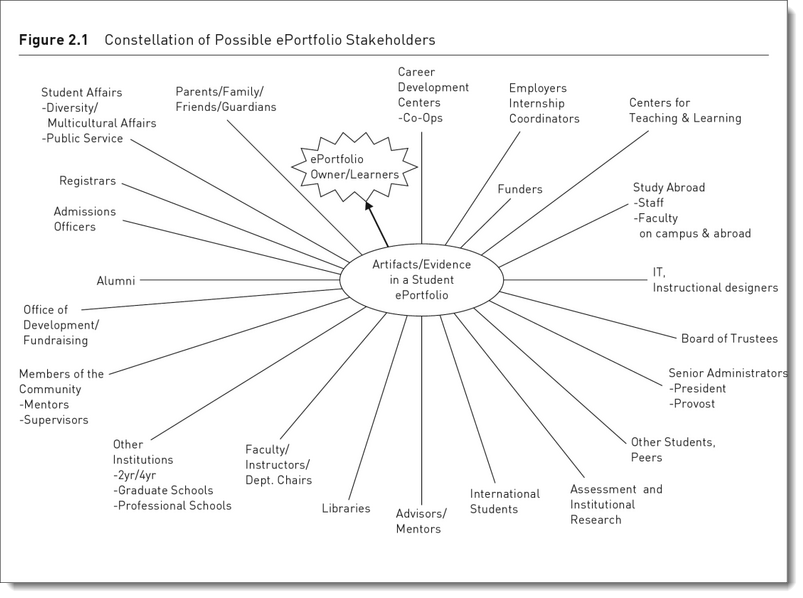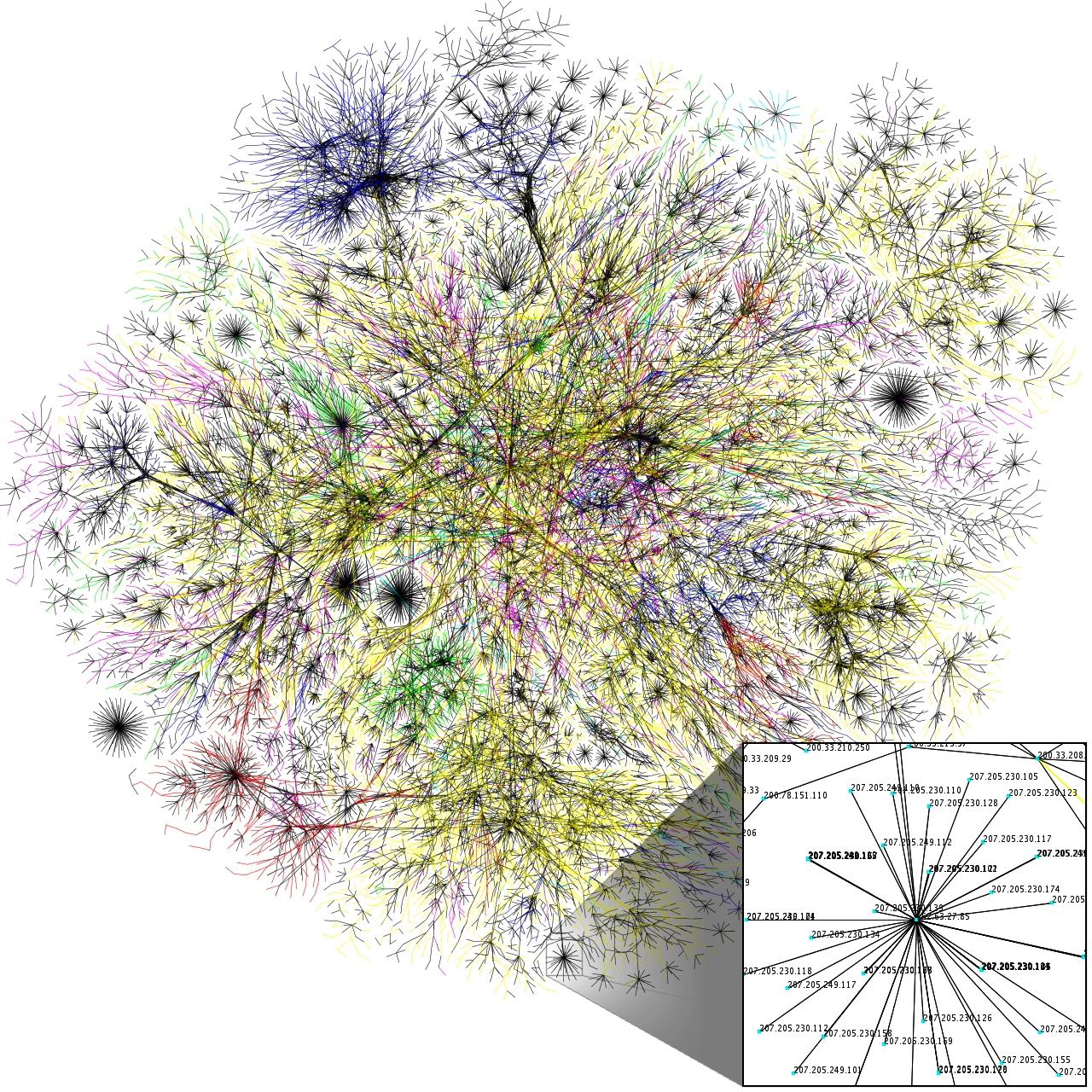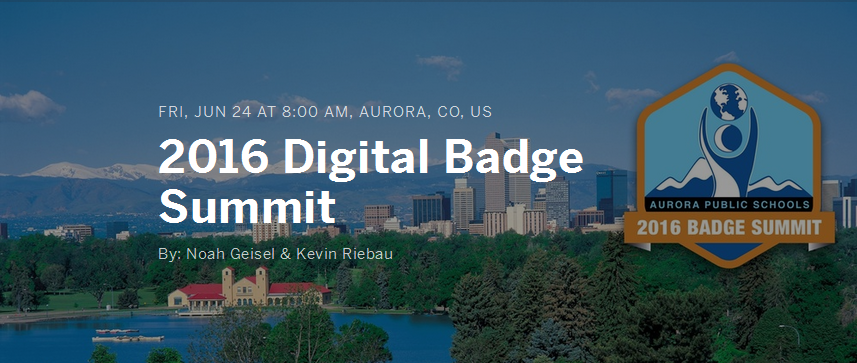
| TL;DR Preface My company Learning Agents provides the credentialing taxonomy above as an onboarding tool for CanCred.ca and Open Badge Factory clients, but it’s quite adaptable to other credentialing platforms. It goes well beyond micro-credentials to show that a rich and flexible recognition language can be developed using an inclusive spectrum of credentials that are transparently described and reliably issued. It’s a living document based on experience across sectors and it works for academic institutions, professional bodies, industry associations, individual companies, international NGOs, non profits and charities, etc. The taxonomy is licensed under Creative Commons, so it can be re-used remixed, etc. with attribution to Learning Agents. It’s inspired in part by a great post by Lesley Voigt back in 2020. On CanCred.ca, it’s supplemented with free credential templates containing content prompts that match the “critical information” expectations for each type of credential. These can be flexibly edited to individual organization needs. For some clients, Learning Agents has gone further to develop full digital credential frameworks customized to organizational needs that provide a more complete foundation for demonstrable quality and portable recognition, while retaining flexibility and a sense of “fitness for purpose.” In this post, I’m using the diagram as a soapbox to discuss the need for inclusive recognition across the spectrum of formality. Quick note: this post explores inclusivity for diverse credentials, not diverse l/earners, which is also a very important topic I may take up in a later post. |
Refrain: “We need ONE framework for micro-credentials”
There has been lots of conversation and text written about the need for frameworks for micro-credentials, that academic subset of digital credentials and Open Badges that seems to attract most of the attention in discussions about how to use digital credentials to authentically recognize lifelong and lifewide learning and achievement to benefit l/earners, workforces and communities.
Micro-credentials are an alluring concept, if a bit slippery to define for some. Funders love their promise (though they are increasingly seeking more evidence of their impact.) Employers like the idea (once they become aware of it), like to collaborate on them (if they have the time) and may start using them for recruitment or even for upskilling their incumbent workforce development… if they have time. (Change can be slow.)
Old hands like Tony Bates do legitimately question how much micro-credentials really differ from previous iterations in Continuing Education, Contract Training, “Market Driven Training”, modular programs, online verification of certifications, etc., but let that be for now. Let’s leave some space for micro-credentials to fulfill their promise.
But let’s also leave some space for other types of digital credentials that may be less formal, but no less valuable. Way back in 2016 (49 years in Internet time), I had this to say about learning and formality in this blog:
Professional learning is a conversation, an ever-evolving stream of emergent and examined practice. This is what it means to be a professional. (2016-05-29)
Matthew Farber, a blogger at Edutopia apparently stated it even more elegantly previously, according to A-Z of E-learning:
“Teaching is a design science and learning is a conversation”.
Building on this, I’ll say now that any form of meaningful development is about more than knowledge delivery and assessment, it’s about applying knowledge in your context to deepen your understanding and maybe improve your performance, sometimes alone, but often in the company of others.
Many proponents of micro-credentials don’t see it that way:
So, learning is a conversation… hiring is a conversation… career advancement is a conversation… you get the picture. This blog is a conversation… or should be. (Feedback welcome!)
Recognition as a conversation, at least more than a recruitment filter!
So it becomes less about how assessed micro-credentials, “Verifiable Credentials” and “Learning and Employment Records” will be able to get you past the filtering algorithm of an employer’s Applicant Tracking System in a huge stack of resumes (HR Open Standards is working on this as we speak…) and more about they can become grist for career conversations, examples you can use to help tell your story, differentiate yourself, build trust, be the holistic choice that people want to make at the time of need.
This can be:
- evidence of achievements (assessed, self-claimed or whatever) that you can frame, support and share online;
- commentary on your experience;
- dialogue with others in your various communities;
- endorsements from people you respect and who respect you;
- values and goals you have set for your life and career.
Imagine you’re in an interview and somebody says “Tell me about yourself,” or “Can you give an example of when…,” or “Where do you want to be in three years?” Might be nice to have some some of these stories to draw from, no? Having them in credential form can help you remember them and contextualize them with supporting evidence and endorsements from others.
Because formal credentials alone are not enough. As a recent Inside Higher Ed article has it:
Reskilling. Upskilling. Certificates. Certifications. Badges. Licenses. Microcredentials. Alternative credentials. Digital credentials.
So many terms. So little agreement on what they mean, least of all in higher ed.
“Employers say, ‘It’s great that this individual has these skills, but we’ll ask our own questions to verify the learner’s knowledge,’” Kyle Albert, assistant research professor at the George Washington University Institute of Public Policy, said. “It’s a trust-but-verify situation.
(I like “trust-but-verify”, reminding me that micro-credentials may be anchored to a blockchain to verify ownership and integrity, but their claims about the credential holder may still be be poorly expressed, not backed by assessment evidence and/or not sufficient for full evaluation of the candidate. Many are quite good of course, but the blockchain doesn’t tell you that.)

And there’s still far too much focus on micro-credentials for remedial training for hire whether it’s transition to work or mid-career transition (re-skilling). What happens after you get hired? Will your employer train you and recognize you for that? Will you engage in professional learning communities and industry associations and be recognized for that? What about freelancers and entrepreneurs? Will you recognize yourself and seek validation for that? Will you recognize colleagues and others in your communities?
Lifewide beyond work, what about your local community and the difference you can make closer to home? What about your local region, your country or even global issues such as climate change? There was a great OBF Academy session recently, on badging phenomenon-based learning for climate change.
What about culture? Who are you as a person? It’s about more than matching training-based micro-credentials to job requirements, even assuming that trainers can develop the exact set of micro-credentials that a particular employer has taken the time to specify. I have an old friend with a great business as a consultant chef for restaurants. In social media he shares deep knowledge about menu development and culinary techniques, which helps him get work (along with referrals from happy clients), but he also shares his passion for music – as a player, a teacher and an eclectic listener, which strangely also helps him get work as a restaurant consultant. It’s a way of connecting to the whole person.
People want to work with people, not just collections of skills. Regardless of the skills you can reliably claim, I don’t want to work with you if you’re a sociopath or a do-nothing. (I may need to write that l/earner inclusivity post sooner than later.. 8-> )
Full disclosure: my chef musician friend doesn’t need badges to build his career or social capital further, which has been established over decades. He does like badges (at least he tells me he does) and he might feel differently about using them if he were were starting out today. (By the way, on the “development as conversation” track, he created a multi-level progressive chef development chart as a workforce trainer that works very well as a conversational tool for collaborative assessment…)
As a “mature” professional, I also get a lot of my work from referrals and other channels, but I believe in “drinking my own champagne”, so I continue to use badges and my badge portfolio in my email sig file and RFP proposals to support my claims:
Some Open Badges I’ve earned:
The two in the middle are static, but I’m particularly proud of these two living badges at either end:
- The Open Recognition Ambassador badge contains the declarations I made when I was invited to earn it using a badge application form. It also contains evidence and endorsements that I continue to add, keeping the conversation going and the badge alive…
- Learning Agents worked with eCampusOntario to develop the first Ontario Open Badges Forum in 2017 (now renamed as the Micro-credential Forum). As a speaker, I earned the Igniter badge, but I like to think I was also a firestarter for digital credentials in Ontario by co-producing the first two forums, and the “after the fact” endorsement in the 2017 badge from David Porter (then CEO) helps make my case.
I don’t think anyone would call these badges micro-credentials, but they do help me tell my story. I think of them as conversational nuggets that I can use or that other people can use to learn about me as a person. Interviews don’t always have to happen in real time…
So, I suggest that when people start speaking earnestly about “quality” and “rigour” in micro-credentials your response should be some combination of “Why?”, “For whom?” and “For what context?”. And maybe: “Is a micro-credential enough?”
Because I think an authentic story can be much more relevant and useful in context than a 100% score in an APA-approved psychometric quiz.
Where’s that champagne?





















































